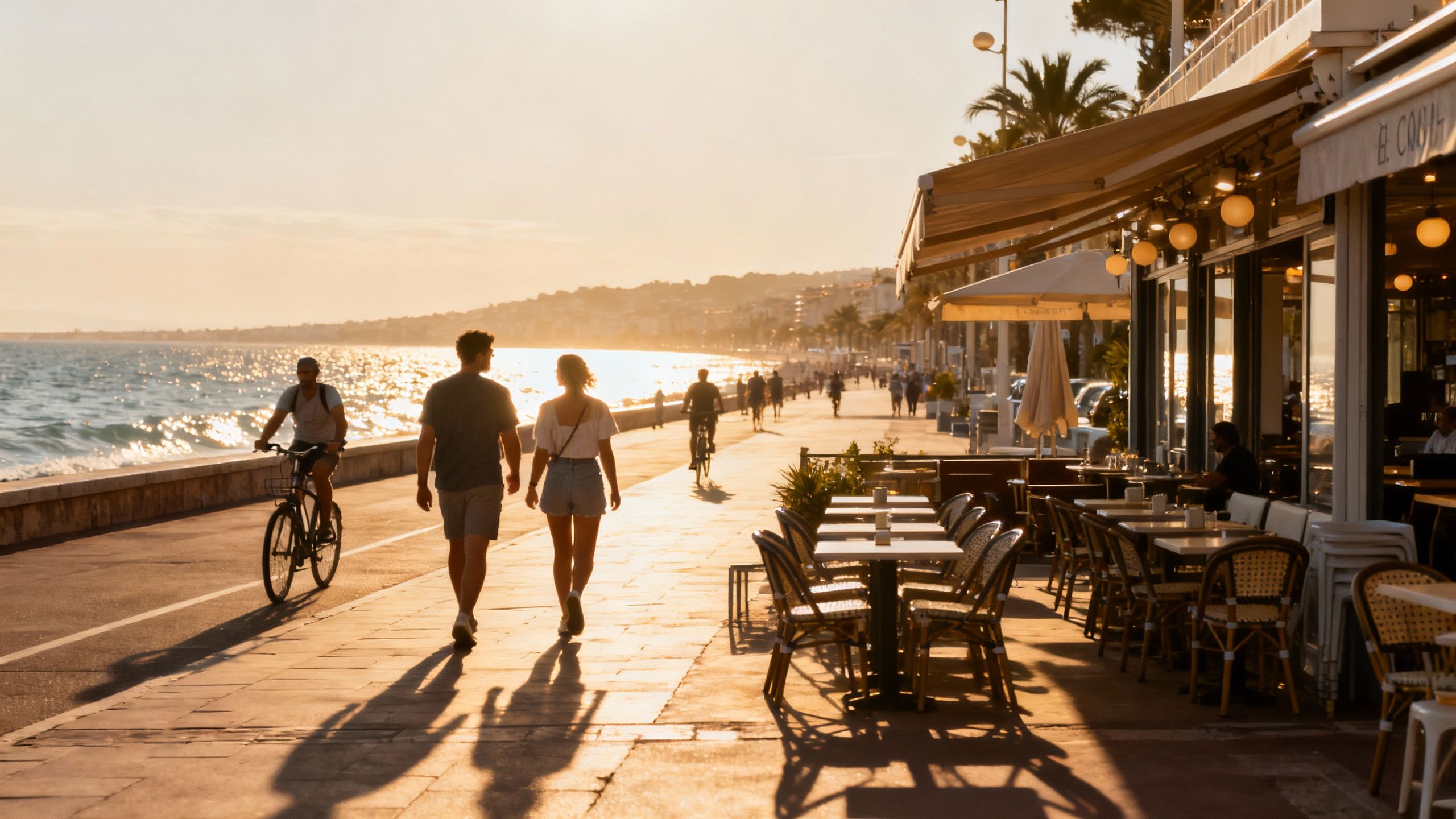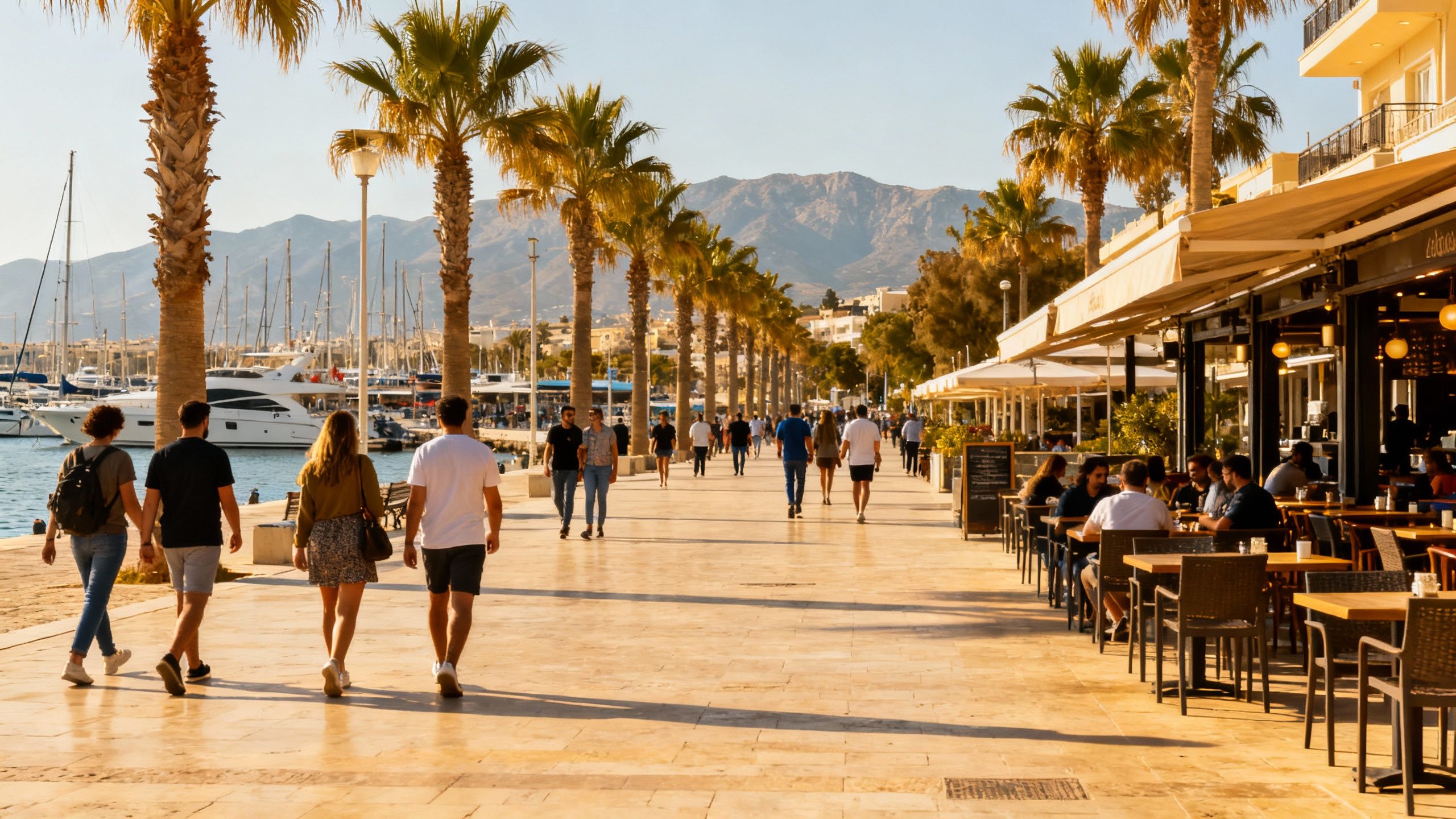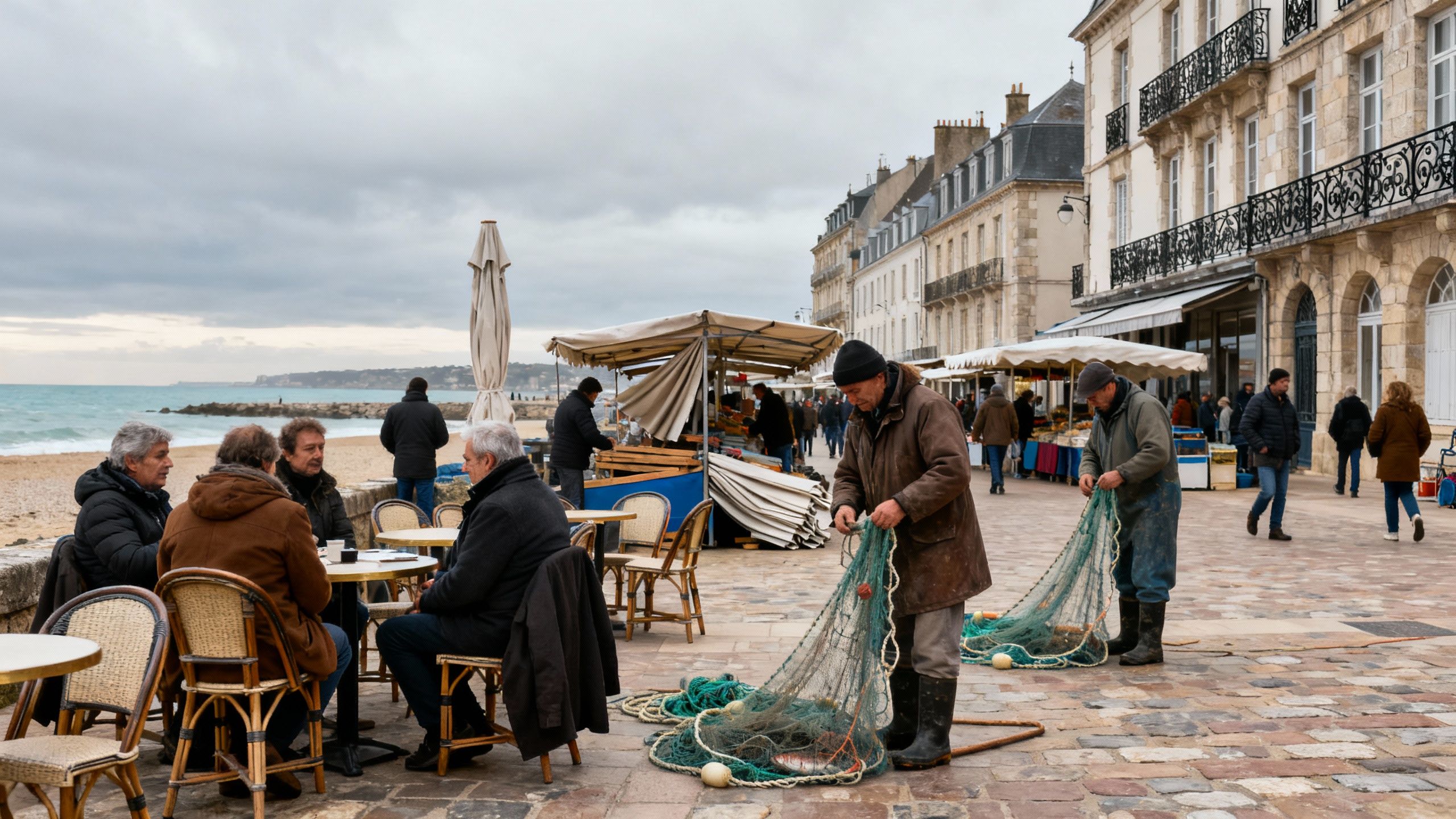Croatia: New‑build Pipeline, Seasonality & Legal Checks
Croatia pairs Adriatic living with growing new‑build supply; EU buyers have straightforward access, non‑EU buyers need Ministry consent — benchmark prices and plan for seasonality.
Imagine sipping espresso at a sunlit café on Zagreb’s Tkalčićeva, then catching an afternoon ferry to a pebble beach on Hvar. Croatia moves at two rhythms: metropolitan mornings and Adriatic afternoons, stitched together by short flights and fast ferries. For international buyers, that duality is the appeal — urban culture, island calm — but it also shapes where new developments are built and who they attract. Understanding project pipelines, legal steps and seasonal demand turns a romantic impulse into a confident purchase.
Living the Croatia lifestyle
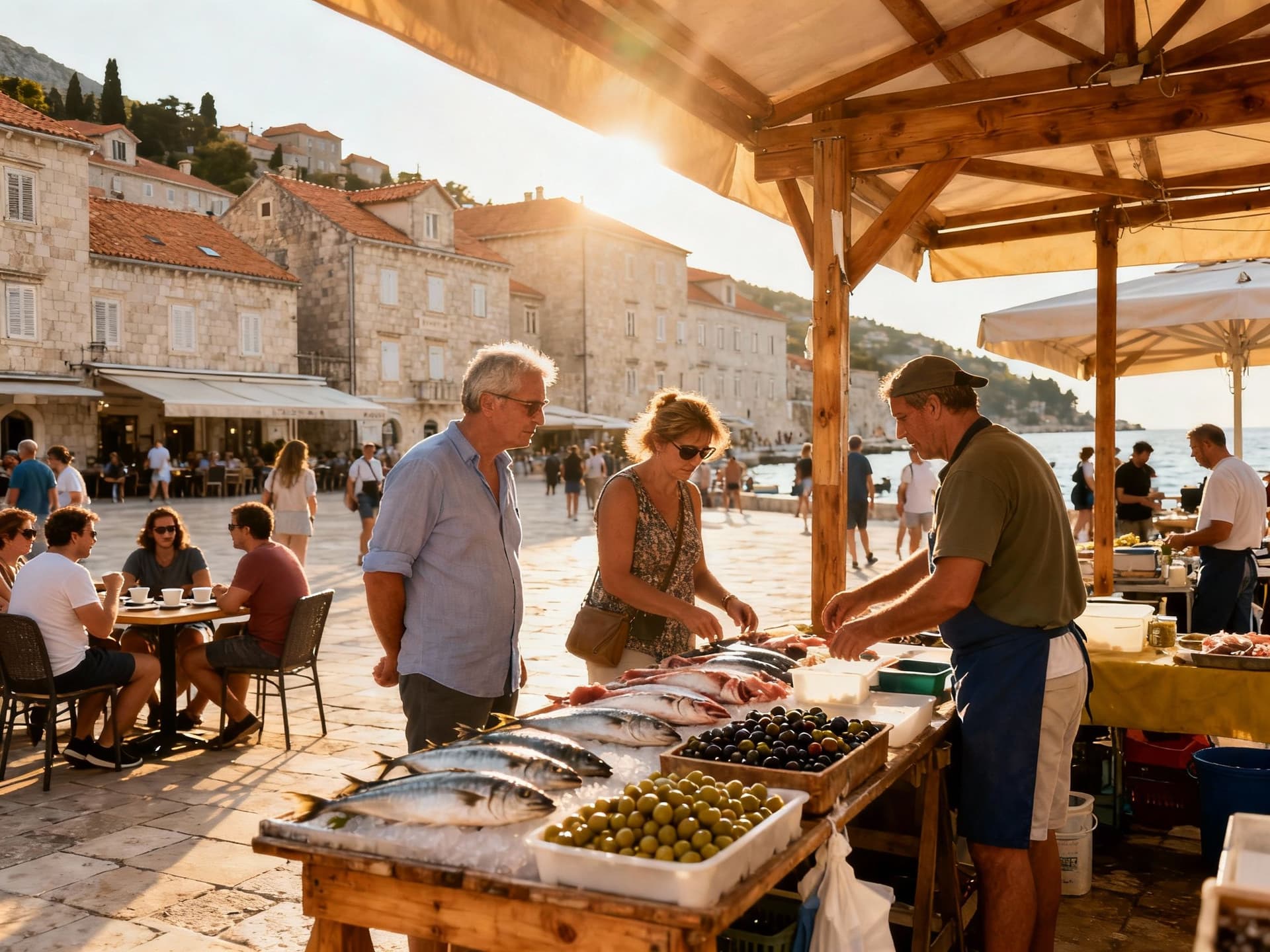
Daily life in Croatia blends Mediterranean informality with Central European order: late-morning cafes, long market visits, and evening promenades called 'riva' time along the coast. Cities like Split and Dubrovnik pulse with tourism in summer and calm down in winter; Zagreb and Rijeka have year-round cultural calendars, independent cinemas and indoor markets. For an international buyer, these rhythms determine rental seasonality, short-term-let potential and the type of finishes developers prioritise — durable terraces, high-quality insulation and efficient HVAC that suit both summer heat and shoulder-season chills.
Coastal neighbourhoods and island character
Coastal towns offer distinct personalities: Dubrovnik’s Old Town is heritage-led and tightly regulated, Split’s Diocletian‑area mixes history with modern marinas, while Istria (Pula, Rovinj) blends Italianate cafés and truffle-rich hinterlands. Islands such as Brač and Hvar attract lifestyle buyers seeking terraces and sea access, but construction pipelines there are smaller and subject to stricter planning to protect landscapes. These differences affect both price per square metre and the number of new builds coming to market — central coastal hubs see more apartment schemes, islands show selective villa and boutique-resort development.
Food, markets and seasonal social life
Food shapes the social week: open-air fish markets at 07:00, slow lunches over grilled fish and olive oil, and vineyards inland where weekenders drive for tastings. Seasonal festivals — from Zagreb’s Advent to Split’s summer theatre — create concentrated spikes in tourist demand that developers track when planning short‑stay units. For buyers who plan to rent, neighbourhoods with year-round amenities (grocers, medical clinics, bakeries) usually deliver steadier occupancy outside peak months.
- Lifestyle highlights • Tkalčićeva street cafés (Zagreb) for everyday city life • Split Riva and Diocletian Palace for waterfront living and history • Hvar Town harbour for island nightlife and boutique hospitality • Istrian hill towns (Motovun, Grožnjan) for wine weekends and truffle markets • Local markets: Dolac (Zagreb) and Pazar (Split) for fresh produce and social life
Making the move: practical considerations
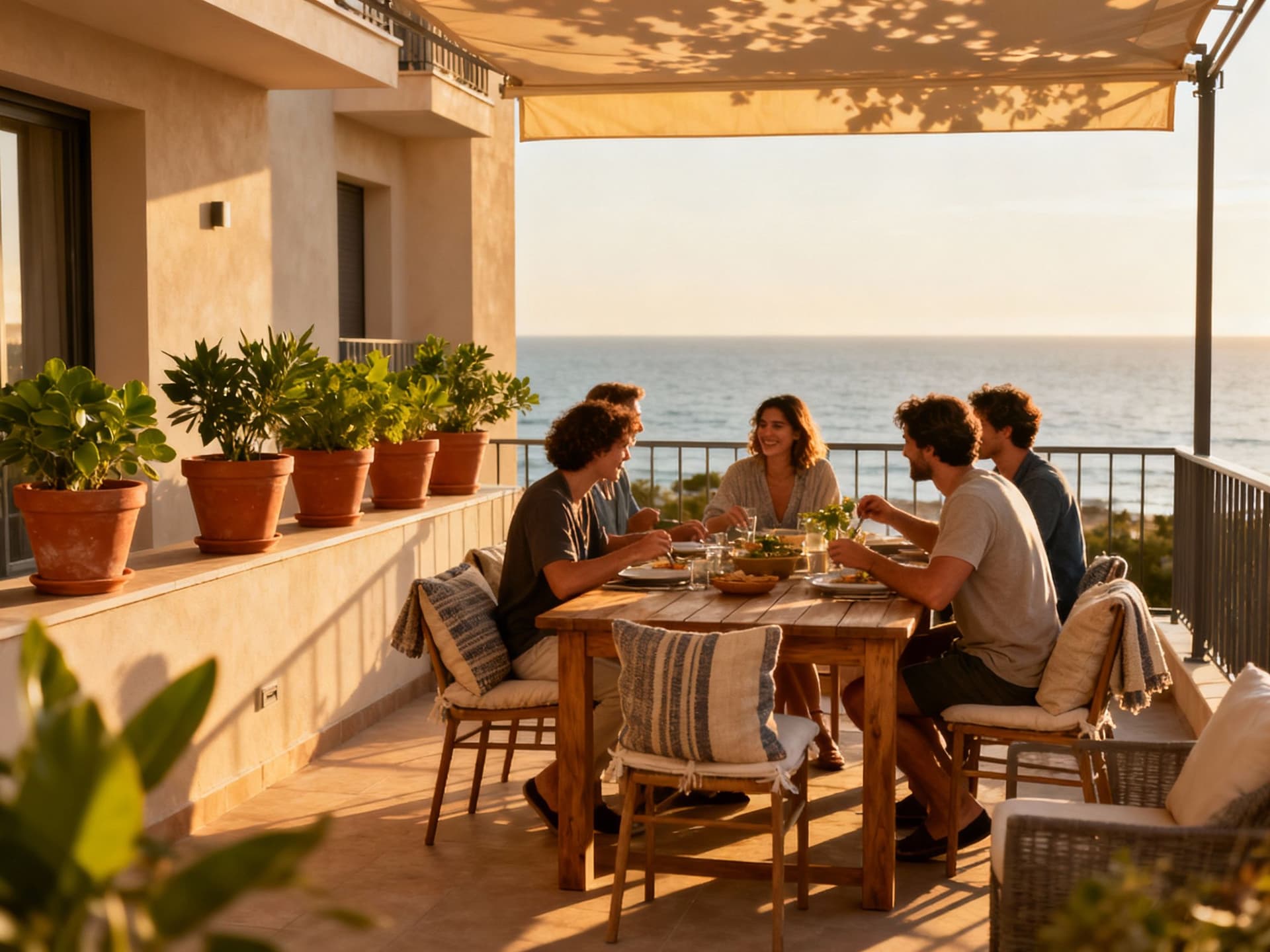
The lifestyle you love must align with Croatia’s legal and market realities. EU/EEA citizens can generally buy on equal terms; non‑EU buyers normally need prior consent from the Ministry of Justice under a reciprocity principle. Project pipelines respond to these rules: developers target EU buyers with quicker closings and tailor marketing to buyers who can register ownership without lengthy approvals. Before signing, confirm buyer eligibility and timeline with legal counsel — missing the reciprocity requirement can delay registration for months.
Property styles and what they deliver
New developments in Croatia fall into three practical types: urban apartments (Zagreb, Rijeka), coastal mid‑rise apartments and penthouses (Split, Dubrovnik suburbs), and boutique villas or townhouse schemes on islands and peninsulas. Apartments typically offer lower maintenance and easier rental management; villas give privacy and higher seasonal yields but higher running costs. When assessing a project, request the specification sheet: insulation U‑values, glazing, lift dimensions for furniture, and seawater‑resistant finishes — small technical choices materially affect comfort and maintenance on the Adriatic coast.
Working with local experts who know the pipeline
- How specialist advisors reduce cross‑border risk 1. Legal counsel confirms reciprocity status and prepares the Ministry of Justice application where required, preventing ownership-registration delays. 2. A local notary and conveyancer verify land-registry extracts and planning certificates to avoid hidden encumbrances or illegal additions. 3. Tax advisers quantify acquisition costs: purchase tax (commonly 3–5% on transfers), capital gains timing, and annual property taxes. 4. Property managers provide realistic rental projections and running-cost schedules so you can compare net yields, not just headline prices.
Insider knowledge: what expats wish they'd known
Experienced expats point to three repeat lessons: seasonality shapes cashflow, bureaucracy rewards preparation, and location-specific microeconomics matter more than national headlines. House prices rose in recent quarters (see national indices) — a healthy signal for developers but a reminder to model yields conservatively. Use public indices to benchmark asking prices and insist on rent roll data for comparable units rather than relying on agency narratives.
Cultural integration and daily practicalities
Croatians value directness, personal relationships and local knowledge — building rapport with neighbours, your local konobar (waiter) and the municipality can smooth renovation permits and service connections. Learning basic Croatian phrases helps: small courtesies go a long way in smaller towns. For families, international‑school options cluster in Zagreb and Split; medical services in coastal towns vary, so check proximity to hospitals when choosing a neighbourhood.
Long‑term lifestyle and pipeline outlook
Croatia joined the euro area on 1 January 2023, removing currency risk for euro‑denominated buyers and making mortgage comparisons simpler across the eurozone. Developers have responded by presenting euro‑priced offers and clearer financing terms, which simplifies cross‑border investment decisions. Look for projects with transparent escrow arrangements and completion guarantees; these features are increasingly common as international demand grows and banks lend against finished inventory.
- Practical checklist before reserving a new‑build • Verify buyer eligibility (EU status or Ministry of Justice reciprocity). • Request land‑registry extract and planning permit documentation. • Confirm currency of contracts (eur vs HRK) and payment schedule. • Ask for comparable rental records and seasonal occupancy rates. • Get a local tax estimate including transfer taxes and ongoing property levies.
- Three steps to move from dream to contract 1. Pre‑visit research: shortlist neighbourhoods, review municipal plans and transport links. 2. On‑site checks: inspect show apartment finishes, drainage, and sun orientation across seasons. 3. Contract stage: instruct Croatian legal counsel to handle escrow, notary signing and Ministry filings if required.
Conclusion: Croatia offers a compelling daily life that combines coastal leisure and urban culture, while its legal framework and euro membership make ownership practical for many Europeans. Treat the market like a series of neighbourhood markets — each with its own rules, seasonal demand and development rhythm — and use local legal, tax and management specialists to convert lifestyle plans into secure ownership. If you want a concise neighbourhood comparison or a checklist tailored to your nationality, a specialist agency can produce a pipeline‑aware shortlist and an acquisition timeline.
Norwegian market analyst who relocated to Mallorca in 2020. Focuses on data-driven market insights and smooth relocation for international buyers.
